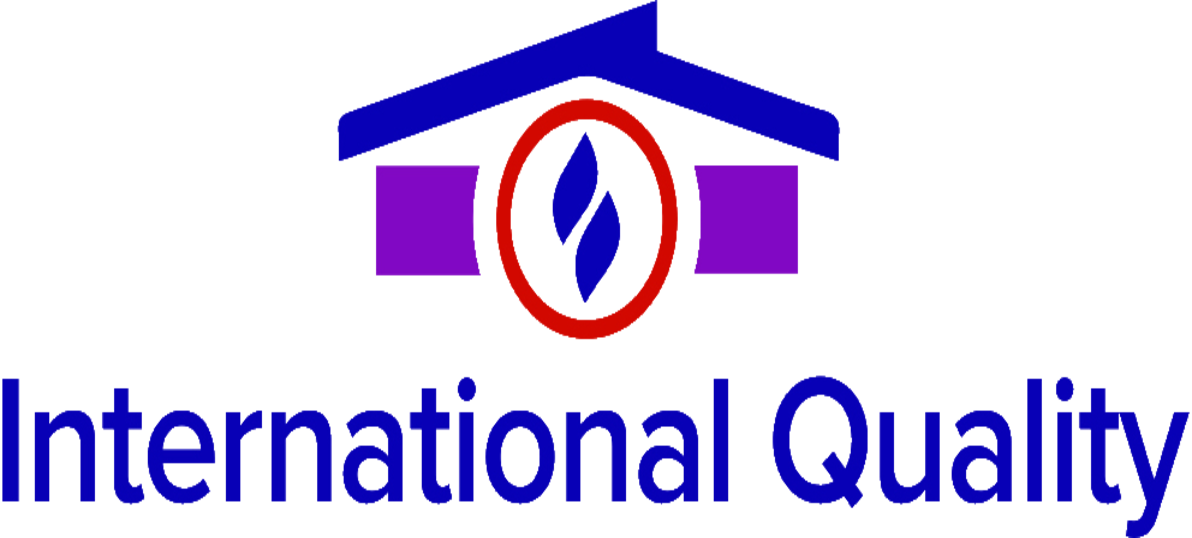Moreover, long redirect chains deplete PageRank, diminishing the link juice your page should receive. Thus, it’s important to eliminate long redirects on your site. If any issues are found, WebSite Auditor will provide tips on resolving them. While it’s a valid method to redirect pages under specific circumstances, it does not pass on link juice to the destination URL. Your website’s navigation should be effortless for users so they can easily find what they’re looking for. If any of these factors show an error or a warning status, WebSite Auditor will provide instructions on how to fix them.
Plus, you can manually check if those pages provide valuable and unique content to users. Of course, it’s much easier to avoid creating duplicate content than to find and fix it later. But judgment aside, sometimes it’s tough to avoid duplicates, especially on large e-commerce sites. Another element that can affect your rankings is meta refresh.
You can provide it with instructions on which pages robots must skip. First, type in a URL to check how your live page appears in the SERPs. The second way is by typing in a page meta title and description. To entice searchers to click on your page in the SERPs, you must optimize your page title and description. With WebFX’s Google Preview Tool, you can see what your page title and description will look like SERPs.
Broken links are URLs that point to a website that no longer exist or return an error. Fixing broken links is important because they negatively impact user experience, leading to frustration and higher bounce rates. They harm SEO, as search engines view broken links as a sign of neglect or poor site quality.
Pages competing for the same keywords (AKA keyword cannibalization)
Then, invest in creating high-quality, helpful content that people can use. I have helped a client recover from an SEO penalty, and one thing I learned was that it requires patience and a lot of it. From the penalty that appeared in Google Search Console and until it was lifted we waited 8 months. They’re usually quite specific about what the penalty is about, and you have to prioritize to fix it immediately.
Go through all your SEO issues in the All issues overview report. Each issue is properly categorized, shows its importance and tells you how many pages are affected by it. Health Score gives you a high-level overview of your SEO performance based on the number of errors found. The best SEO reporting tool for you really comes down to how much flexibility you need, and how quickly you want to get things done.
Step #12: Find and Fix Indexing Problems
If they have to sit through a 10-second visual introduction before they can find your hours of operation, you’re going to have a pretty frustrated visitor on your hands. Are response code errors popping up all over your website where there shouldn’t be any? Calling out 302-, 404-, and 500-level response codes can be useful to tell users that something’s wrong. Smartphone usage worldwide has grown exponentially, and it’s important for websites to be compatible with the rising demand. Their in-depth report can look overwhelming unless you’re coming to the game with some technical chops.
Rely on the industry’s most complete URL details panel
While your ranking may not drastically decrease, you may lose potential customers who find the other website instead of yours. You can then take the necessary actions, such as contacting the web admin or reporting the site to gain back your traffic. FAQFox is a free SEO tool that can scrape the Internet for questions your target audience might be asking or searching. Input a keyword, and this tool shows you a score from zero to 100 that tells you how competitive the keyword is. It also gives you an estimate of what you need to do to rank for the keyword. On Google Chrome, go to a page and access Lighthouse under “Tools.” It then audits the page’s performance, accessibility, progressive web apps, SEO, and more.
- It allows you to know what works and what does not, and it allows you to make improvements based on what you find.
- With it, we can analyze which pages of your website are slow, figure out why they’re slow, and make recommendations so you can make them faster.
- As you can see above, currently it’s showing around 21 issues and the issues are listed on the basis of severity.
- Technical SEO ensures search engines can crawl, index, and fully understand your content.
If you can include your keywords without it feeling unnatural or shoehorned, then go for it. These are pages that are identical or very similar to other pages. The “without canonical” part is a technicality—but needless to say, these issues need fixing. If you have a lot of slow pages—as the website in the screenshot SEO Anomaly above does—then it’s worth reviewing the most important pages first. One way to do this is to sort by organic traffic from high to low. However, if you started crawling your website with Ahrefs Site Audit (as recommended), then you can see in plain English whether you’re facing any of the issues I mentioned above.
